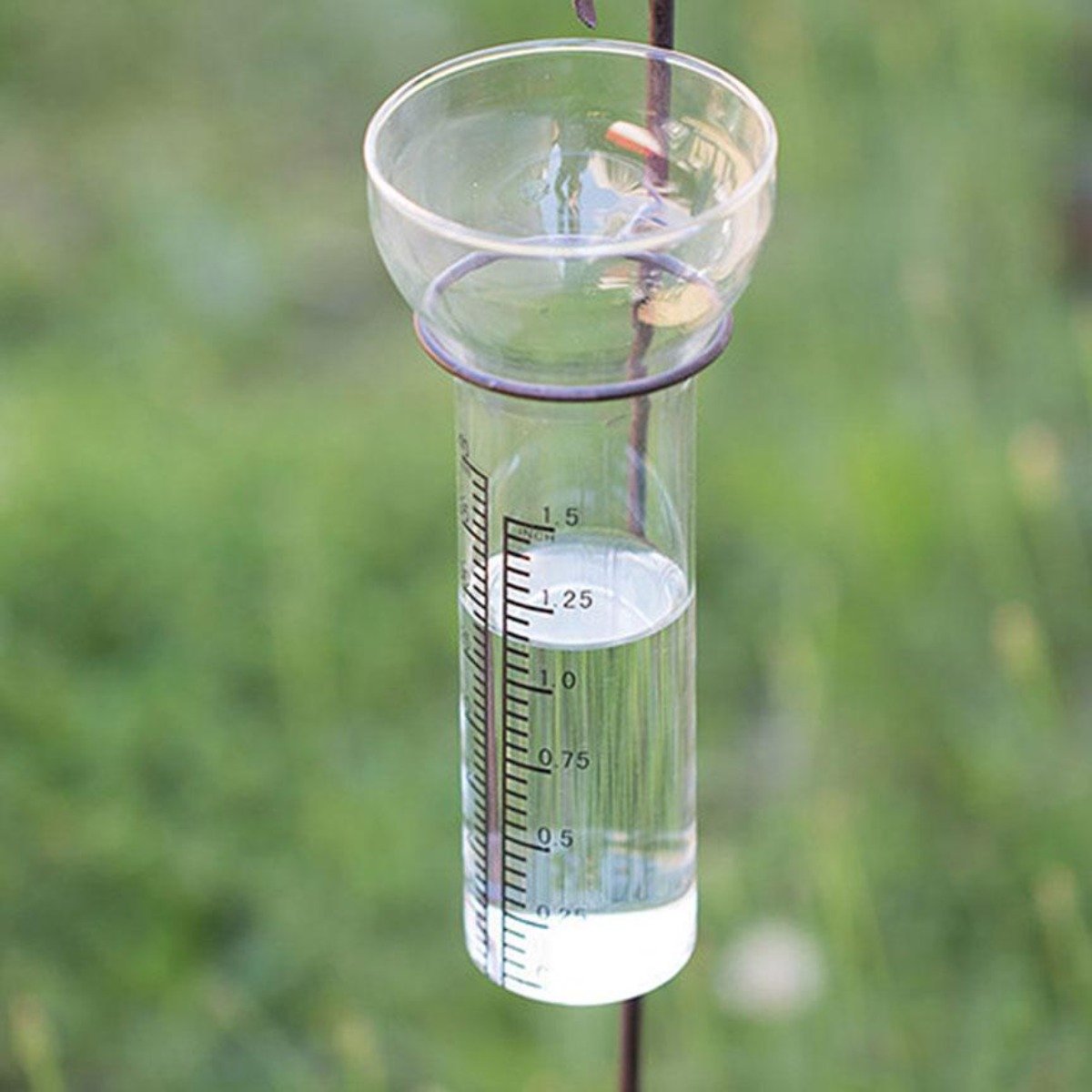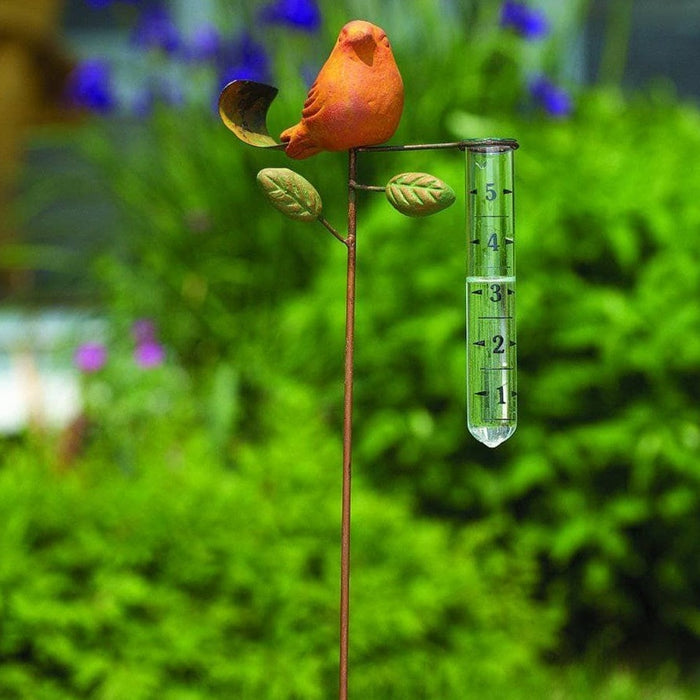The Rain Gauge: A Comprehensive Overview to Accurate Climate Dimension
Wiki Article
Just How to Choose the Right Rainfall Gauge for Accurate Rainfall Information
To obtain trusted dimensions, it is necessary to pick the best rain scale. Thinking about aspects such as area, kind, and accuracy of the rain gauge will certainly assist make certain accurate information collection. In addition, understanding the upkeep and calibration treatments will contribute to the durability and dependability of your rainfall scale.Significance of Choosing the Right Rainfall Scale
The relevance of selecting the best rain scale hinges on getting specific and reliable rains data for accurate meteorological analysis. Rainfall information is crucial for a wide variety of applications, consisting of climate forecasting, hydrological modeling, and climate research. Imprecise or unreliable data can result in wrong final thoughts and flawed decision-making procedures.
Second of all, the accuracy and precision of the rain gauge are critical. The gauge needs to be able to measure rains with high precision, catching even little quantities of precipitation precisely. It should also reduce mistakes due to dissipation, wind, and other environmental variables. Routine calibration and maintenance are important to make certain ongoing precision.
Furthermore, the area and installation of the rain gauge are vital factors to consider. It ought to be positioned in an open location, far from obstructions that could influence rains dimensions. The gauge ought to be positioned at a suitable height and angle to prevent splashing and make certain correct catchment of rain.
Aspects to Take Into Consideration When Picking a Rainfall Scale
When selecting a rain scale, there are a number of key factors to think about. These aspects can substantially impact the precision and reliability of the rainfall information accumulated. The initial variable to consider is the kind of rain gauge. There are various kinds readily available, including common rainfall determines, tipping bucket rainfall determines, and considering rainfall evaluates. Each kind has its very own advantages and downsides, so it is very important to pick one that finest matches your specific needs and requirements.One more aspect to consider is the product of the rain gauge. Rainfall evaluates can be made from different materials, such as plastic, glass, or metal. The material chosen need to be immune and durable to climate condition, making certain that the rain scale will stand up to the elements and provide accurate dimensions gradually.
Accuracy is also an important factor to consider. Try to find rain gauges that have actually been adjusted and examined for accuracy. Attributes such as anti-splash rings and funnels can also enhance the precision of the measurements.

Last but not least, take into consideration the climate and atmosphere in which the rain gauge will be made use of. Various rainfall gauges appropriate for different environments, so it is essential to choose one that is appropriate for the problems in your location.
Different Types of Rainfall Gauges Available
To better check out the aspects to think about when selecting a rainfall gauge, it is vital to comprehend the different sorts of rain assesses offered. There are a number of kinds of rainfall evaluates, each with its very own benefits and drawbacks. One of the most typical kind is the common rain scale, also called the cylindrical rainfall scale. This type contains a straight-sided round container with a funnel-shaped top. It is simple to make use of and gives accurate measurements of rains.An additional kind of rain gauge is the tipping pail rain gauge. As the rainfall drops right into the gauge, it loads up one side of the pail, creating it to clear the water and tip.
A third kind of rain scale is the considering rainfall gauge. As the rain drops right into the scale, it is gathered in a container attached to an equilibrium.
Lastly, there are likewise remote rainfall evaluates that usage progressed technology to measure rainfall (The Rain Gauge). These gauges usage sensors and transmitters to send data wirelessly to a central unit. Website Remote rainfall evaluates are convenient for checking rainfall in hard-to-reach locations or for massive information collection
Exactly How to Establish the Precision of a Rain Gauge
One method to examine the precision of a rainfall gauge is by conducting routine calibration dimensions. Calibration includes contrasting the analyses of a rainfall gauge to a basic dimension, such as a qualified rain scale or a weather condition station with high accuracy. By contrasting the dimensions, any kind of you can try this out inconsistencies or errors in the rain scale can be recognized and accounted for.To carry out a calibration dimension, beginning by gathering rainfall data from both the rain scale and the basic measurement device over a specific time period, such as a month. Then, contrast the readings and compute the distinction in between them. This difference is called the calibration error.
It is necessary to keep in mind that calibration dimensions should be done on a regular basis, as ecological factors, such as wind, temperature, and particles, can influence the accuracy of the rainfall gauge gradually. By performing routine calibrations, any changes in the precision of the rainfall gauge can be found and adjustments can be made appropriately.
In enhancement to calibration, it is likewise suggested to clean and maintain the rainfall scale regularly to guarantee its accuracy. Get rid of any kind of particles or blockages that might affect the precision of the dimensions, and look for any signs of damage or wear that might call for repairs or substitute.
Tips for Preserving and Adjusting Your Rain Gauge
Regular upkeep and calibration are essential for making sure the precision and dependability of your rain scale in gauging rainfall information (The Rain Gauge). By complying with a couple of basic pointers, you can guarantee that your rainfall scale is appropriately kept and calibratedTo start with, it is very important to clean your rain gauge frequently to prevent any kind of debris or dirt from blocking the rain collection system. Make use of a soft brush and a light detergent to gently cleanse the within and beyond the scale. Rinse it completely with tidy water and permit it to completely dry completely before reinstalling it.
Second of all, it is suggested to calibrate your rain gauge at least annually. Calibration entails comparing the measurements of your rain gauge with those of a relied on and accurate referral gauge. This will aid you identify and fix any type of prospective errors in your rain scale's dimensions.
To calibrate your rainfall gauge, gather a well-known volume of water using a determining container and compare it with the dimensions tape-recorded by your rainfall gauge. Change the analyses accordingly to guarantee precision.

Conclusion
In final thought, choosing the right rainfall gauge is essential for acquiring precise rains information. Factors such as spending plan, purpose, and place should be taken into consideration when choosing a rainfall gauge.There are different kinds offered, including basic rainfall evaluates, tipping bucket rain evaluates, and evaluating rainfall gauges.To further explore the factors to take into consideration when selecting a rain gauge, it is important to recognize the various types of rainfall evaluates available. The most common kind is the standard rain scale, additionally understood as official website the round rain gauge.One more type of rainfall scale is the tipping bucket rain scale. Calibration includes contrasting the readings of a rainfall gauge to a typical dimension, such as a qualified rain scale or a weather station with high accuracy.
Report this wiki page